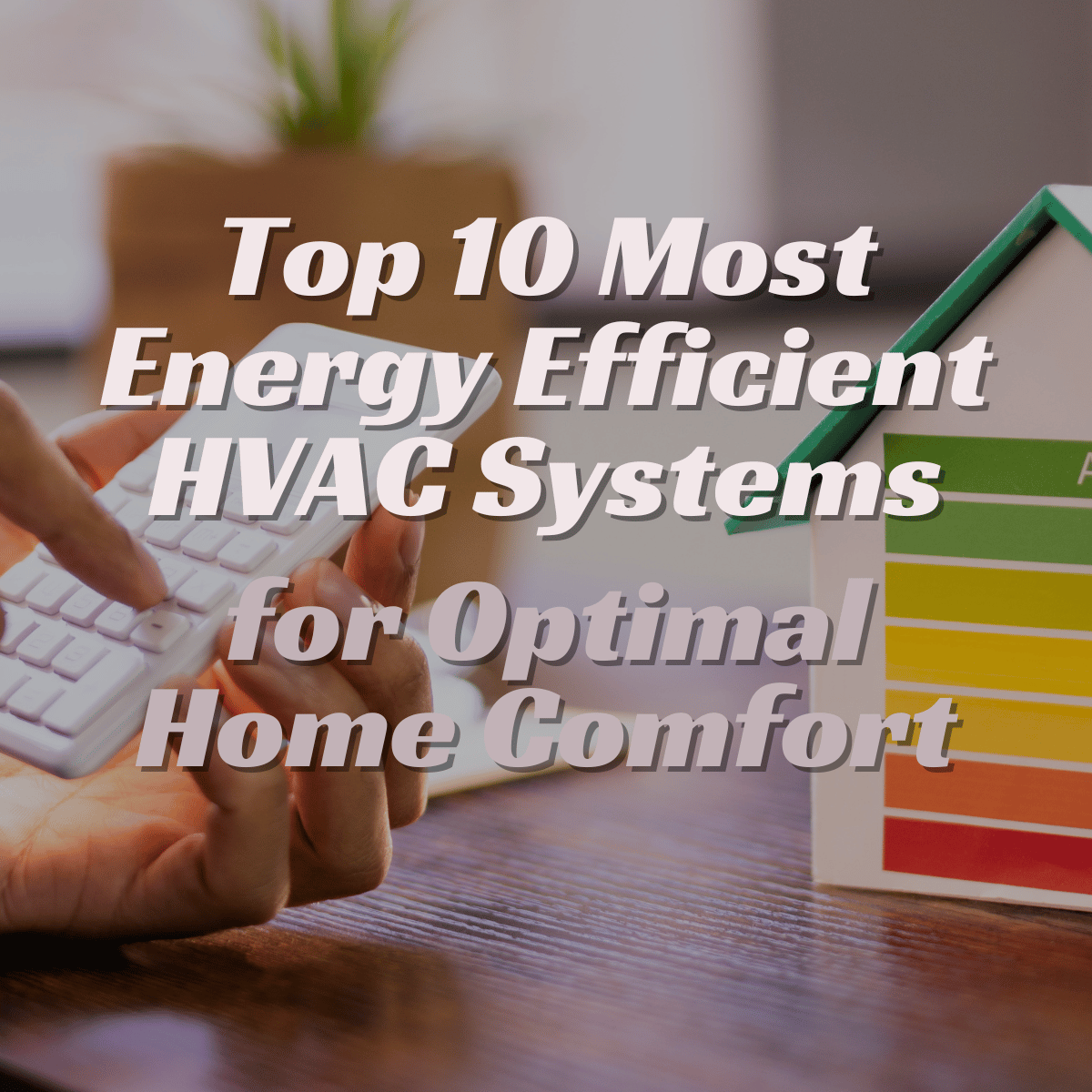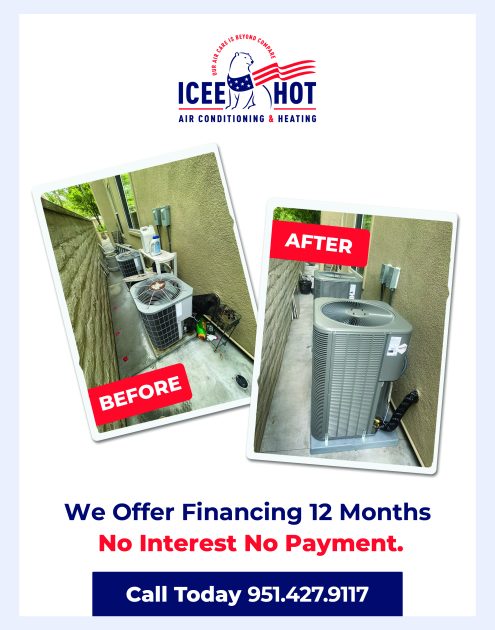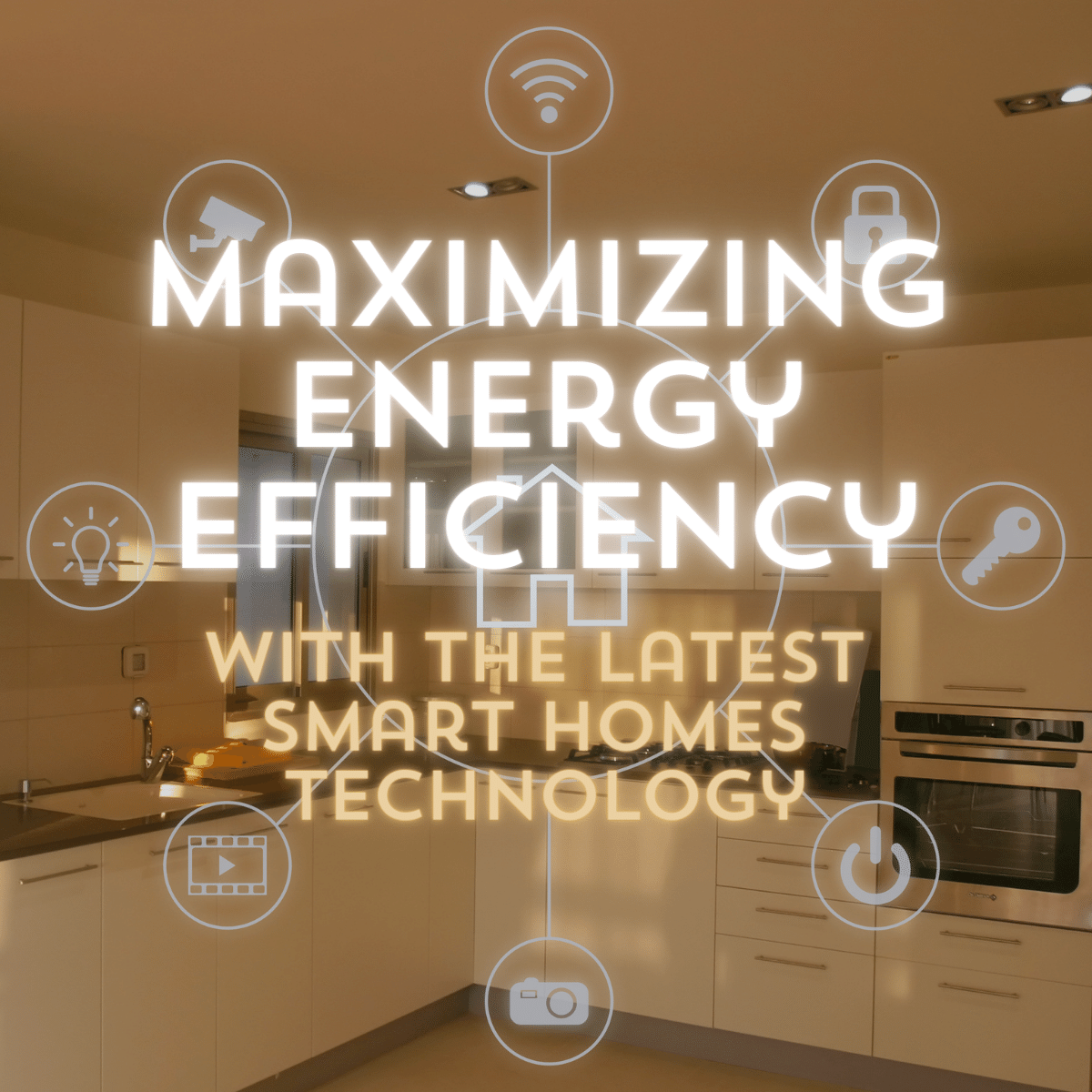
Maximizing Energy Efficiency with the Latest Smart Homes Technology
Imagine a world where your home anticipates your needs, helping you save on energy costs and live a more comfortable, secure, and sustainable life. That’s the power of smart homes! As technology advances, smart homes are becoming more accessible, offering homeowners a seamless way to reduce their carbon footprint while enhancing their daily living experience.
Key Takeaways
- Smart Homes are driven by advances in IoT technology and consumer demand for energy efficiency.
- Smart homes comprise of a central hub, smart devices & communication protocols to enable greater control over energy usage.
- AI integration with renewable sources, government policies & incentives can help create a more sustainable living environment.
The Rise of Smart Homes
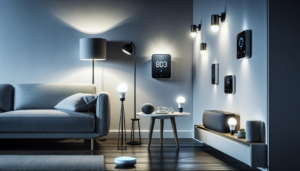
Smart home technology, a subset of smart technology, has experienced significant growth over the past few years, driven by advancements in Internet of Things (IoT) technology and increasing consumer demand for energy efficiency and convenience.
As more homeowners look for ways to reduce their energy costs and carbon footprints, smart home technology offers an attractive solution that can provide both cost savings and environmental benefits.
Internet of Things (IoT)
The IoT revolution has enabled various devices and appliances to connect and communicate with each other, forming the backbone of smart homes. IoT devices, such as smart bulbs, smart thermostats, and electric vehicles, can collect real-time data and automate processes, allowing for seamless energy management and helping households achieve net zero emissions.
This interconnected network of devices empowers homeowners to take control of their energy usage, promoting energy equity and making smarter, eco-friendly choices.
Consumer Demand
Increasingly, consumers are seeking smart home solutions that save money, reduce energy consumption, and enhance their quality of life. In fact, it is projected that consumer spending on smart home products and services will reach over 170 billion U.S. dollars by 2025. This growing demand is driven by the desire for comfort, security, and environmental sustainability, all of which can be achieved through the adoption of smart home technologies.
Key Components of a Smart Home
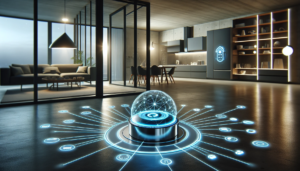
A well-designed smart home consists of a central hub, smart devices, and communication protocols that work together to create an interconnected and efficient living environment.
By integrating these components, homeowners can enjoy greater control over their home’s energy use and reap the benefits of a more sustainable lifestyle.
Central Hub
The central hub serves as the brain of the smart home, coordinating and managing all connected devices. Acting as the primary point of connection and control for multiple smart devices, the central hub streamlines the network for users and offers a single smart home application to oversee all the various systems and applications.
Smart home hubs are an increasingly popular technology. Examples of such products include Amazon Echo, Google Home, and Wink Hub.
Smart Devices
Smart devices are integral for achieving energy efficiency in smart homes. These devices are internet-connected – including smart thermostats, smart lighting, and smart appliances – and can be remotely controlled and programmed for peak energy efficiency. By automating and optimizing the operation of these devices, homeowners can substantially reduce their energy consumption and environmental impact.
Intelligent lighting systems, for example, can conserve energy by utilizing LED bulbs, activating lights automatically based on occupancy, and adjusting lighting levels based on natural light availability. Similarly, smart appliances can monitor energy consumption, automatically shut off when not in use, and optimize performance to reduce power consumption.
Communication Protocols
Seamless communication between smart devices and the central hub is facilitated by communication protocols, such as Zigbee, Z-Wave, and Matter. These protocols enable devices from different manufacturers to communicate and cooperate effectively, ensuring interoperability, security, and reliability of the smart home system.
Energy Efficiency Benefits of Smart Homes
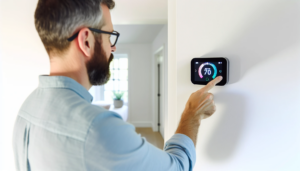
Smart homes offer significant energy efficiency benefits, which can translate to considerable savings on utility bills and a reduced environmental impact.
By optimizing heating and cooling, implementing intelligent lighting, and effectively managing appliances, homeowners can create a more sustainable living environment.
Optimized Heating and Cooling
One of the most impactful ways to enhance energy efficiency in a smart home is through optimized heating and cooling systems. Smart thermostats and sensors can automatically adjust the temperature according to occupancy and personal preferences, providing precise control over climate settings and minimizing energy waste.
Maintaining an optimal balance of heating and cooling can lead to energy savings of up to 20% in smart homes, subsequently lowering utility bills. Further, homeowners can decrease heating and cooling costs by up to 20% by upgrading to an energy-efficient system, making smart home technology a compelling investment.
Intelligent Lighting
Intelligent lighting systems are another key component of energy-efficient smart homes. By adjusting brightness and color based on time of day, occupancy, and natural light, these systems can conserve energy and reduce overall consumption.
Combining smart lighting controls with energy-efficient bulbs enables homeowners to further optimize their home’s lighting and save money on their energy bills.
Appliance Management
Smart appliance management can also contribute to energy efficiency in smart homes. By scheduling appliances to operate during off-peak hours, homeowners can minimize energy consumption and reduce costs, ultimately using less energy. In fact, households equipped with smart appliances have been noted to witness an average reduction of 10-15% in energy consumption.
Overcoming Challenges in Smart Home Adoption

Though smart homes offer myriad benefits, they also present challenges. These include security and privacy concerns, cost and installation hurdles, and compatibility and integration problems, all of which can influence the adoption of smart home technology.
Addressing these challenges enables homeowners to make educated choices and fully realize the potential of smart home systems.
Security and Privacy
Ensuring the security and privacy of smart home systems is crucial to protect user data and prevent unauthorized access. Some of the most common security threats in smart homes include:
- Device hijacking
- Theft of personal data
- Surveillance
- Exposure of unique device names and geolocation data.
To counter these risks, smart home systems should employ encryption, two-factor authentication, and biometric recognition to enhance security and prevent unauthorized access.
Cost and Installation
The cost of smart home devices and installation can be a barrier for some consumers, with expenses ranging from a few thousand dollars for a wireless system to tens of thousands of dollars for a hardwired system.
Despite the initial investment, long-term energy savings may offset these expenses, making smart home technology a worthwhile addition to any home.
Compatibility and Integration
Compatibility and integration challenges can arise when combining devices from different manufacturers or using different communication protocols. To overcome these issues, manufacturers are actively working on developing vendor-independent unifying platforms, such as Matter, and adhering to industry-wide standards and protocols to facilitate interoperability and bolster security in smart home devices.
Future of Smart Homes and Energy Efficiency
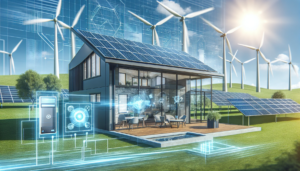
The future shines brightly for smart homes and energy efficiency, with industry shaping advancements in AI and machine learning, renewable energy source integration, and supportive government policies and incentives in the industrial sector.
Homeowners can foster a more sustainable and efficient living environment for future generations by embracing material efficiency, reducing their reliance on fossil fuels and consequently lowering greenhouse gas emissions.
Advancements in Artificial Intelligence (AI) and Machine Learning
AI and machine learning have the potential to further optimize smart home systems, enabling more accurate predictions and personalized energy management. By learning and adapting to the energy usage patterns of the residents, AI algorithms can provide more efficient control of devices and systems, resulting in significant savings on utility bills and a more sustainable use of energy resources.
Integration with Renewable Energy Sources
Integrating smart homes with renewable energy sources, such as solar panels and battery storage, can create a more sustainable and efficient energy ecosystem. Some benefits of this integration include:
- Minimizing energy costs by prioritizing the use of stored energy during peak hours or power outages
- Enhancing energy efficiency by connecting solar panels to the home’s energy management system
- Reducing reliance on non-renewable energy sources and decreasing carbon footprint
By implementing these smart home and renewable energy solutions, homeowners can contribute to a greener and more sustainable future, fostering the growth of the clean energy economy.
Government Policies and Incentives
Government policies and incentives are key in spurring the adoption of smart home technologies and promoting widespread energy efficiency. By providing tax rebates for residential smart home technology integration and modernizing building codes, governments can support the growth of the smart home market and facilitate a cleaner, more efficient energy future.
Summary
In conclusion, smart homes offer a promising solution for homeowners seeking to reduce their energy costs and carbon footprints while enhancing their daily living experience. By understanding the key components of a smart home system, addressing challenges in adoption, and embracing the advancements in AI, renewable energy integration, and government policies, homeowners can pave the way for a more sustainable and energy-efficient future.
Frequently Asked Questions
What does a smart home do?
A smart home is a residence with connected devices that allow users to control and monitor appliances and systems remotely using their smartphones or tablets. These include things like lighting, heating, window treatments, irrigation, and more.
How much does an average smart home cost?
On average, homeowners can expect to pay between $2,000 and $6,000 for a basic smart home system, with most spending around $4,000. For a fully automated home, you might spend up to $30,000 depending on the appliances and other factors.
Are smart home systems worth it?
Smart home systems are worth the investment as they can result in significant cost savings from energy-saving schedules and efficient use of appliances, along with increased home security and value. These devices offer convenient control from a smartphone or tablet, and homeowners may realize up to a 50% return on their investment.
How AI is used in IoT?
AI is integrated with IoT to provide valuable insights and improve efficiency through real-time data processing and analysis. AI-enabled systems can predict risk points and reduce large volumes of data for scalability, allowing for quicker responses and more accurate insights. Cloud-based and edge-based AIoT systems are the primary components of this combination.
What are the main benefits of a smart home?
The main benefits of a smart home include energy efficiency, convenience, comfort, and enhanced security. Enjoy a lower energy bill, more convenient lifestyle, increased comfort, and peace of mind.


